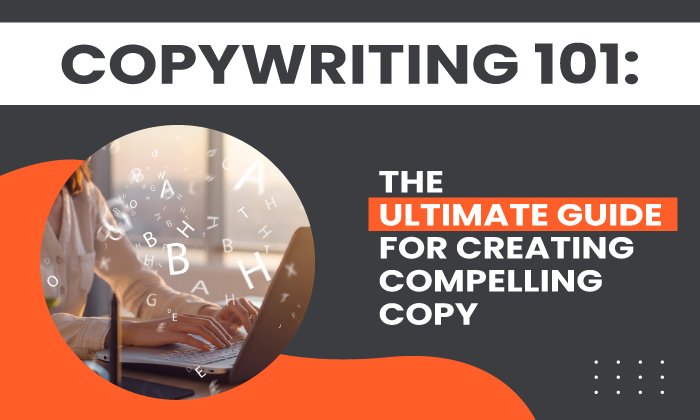Winning B2B Calls to Action That Get Responses & Convert Browsers into Buyers

By Nick Nelson

Calls to action (CTAs) are often treated as an afterthought in content creation, which is odd since they are arguably the most consequential element.
Digital marketers and their campaigns are evaluated through a great many factors, which are growing more deep and nuanced as analytics evolve, but conversions are still the name of the game. It’s the easiest thing to measure and the surest sign that your content made an impact.
With this in mind, it’s probably worth taking a step back and rethinking your CTA strategy. If you’re cruising on autopilot and running a generic “Download guide” or “Request demo” at the end of every content piece, you are probably leaving opportunities on the table to better engage (and convert!) your audience.
[bctt tweet=”“If you’re cruising on autopilot with your CTAs, you are probably leaving opportunities on the table to better engage (and convert!) your audience.” — Nick Nelson @NickNelsonMN” username=”toprank”]
Drawing from the latest best practices for design, copy, and experience, here’s a rundown of optimizing your CTAs to get more juice out of your content squeeze.
A Guide to Better CTAs: 4 Ways to Compel Action
The first and most important piece of advice is to be thoughtful about CTAs. Give them the attention they deserve as key touchpoints in your marketing strategy.
My dentist once advised me to start my daily brushing routine with the hard-to-reach back areas of the mouth, because that’s often where people finish and they tend to expend less effort as they wrap up the process. Similar advice might help with your CTAs: plan them out from the start so you can build your way to a strong and compelling finish.
Keep these tips in mind when developing your CTAs.
1 — Craft text that is brief and builds urgency
How can you deliver the most enticing proposition possible in the fewest words possible? This is the art of CTA copywriting in a nutshell. Be creative in framing your hook, and try to use words that aren’t generic and predictable.
For example, instead of “Download the guide,” why not say “Snag the guide,” or “Get the goods”? You also might try framing your CTAs around what the user will get out of them, rather than what you want them to do. So instead of “Download the guide,” you could say “Become a [X] expert.”
Language that builds urgency has been proven effective for improving conversion rates. OptinMonster has a helpful list of urgency words spanning several categories, such as time, speed, scarcity, and discounts.
A word of caution: don’t try to create faux urgency (i.e., fake “limited time” offers) or weaponize fear. It’s fine to take the FOMO route, by hinting at what people will miss out on if they don’t click, but marketers should never aim to trick or scare people into taking action. That sabotages trust.
[bctt tweet=”“Marketers should never aim to trick or scare people into taking action. That sabotages trust.” …read more
Source:: Top Rank Blog









